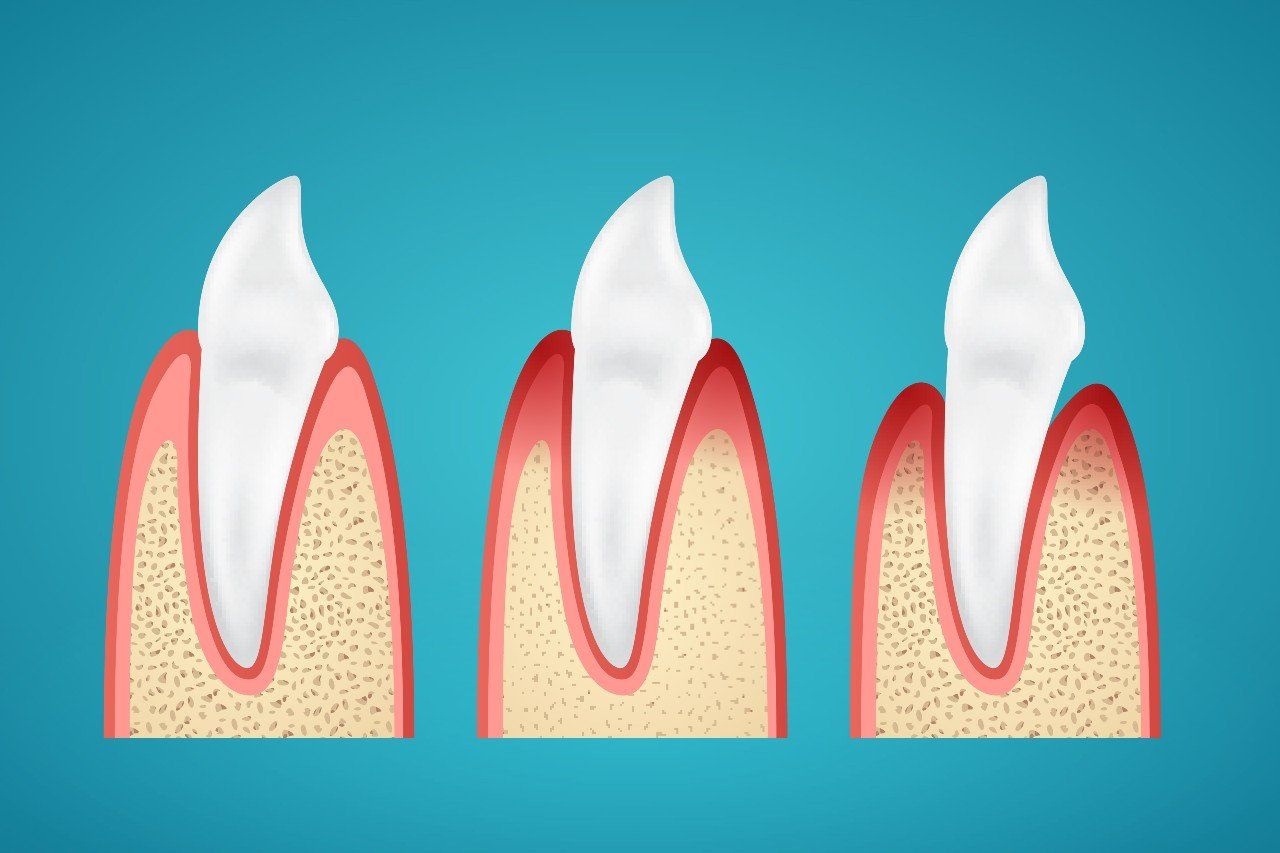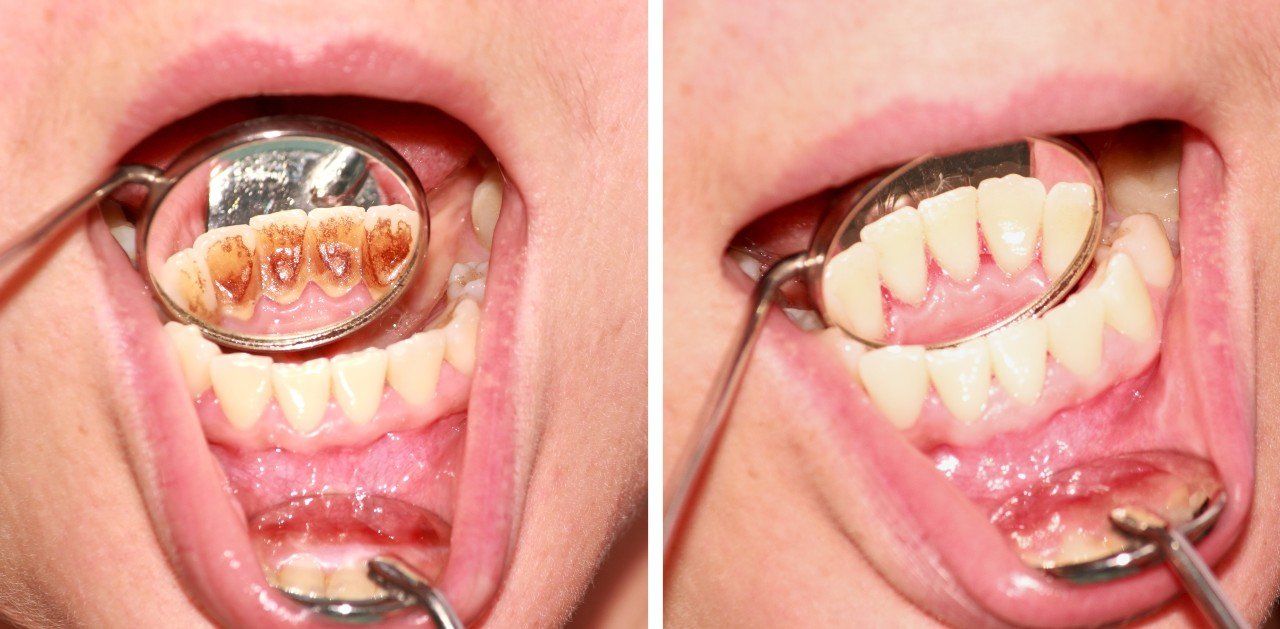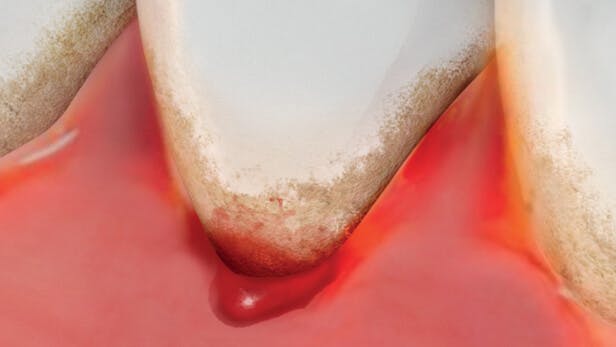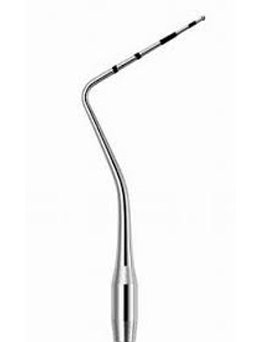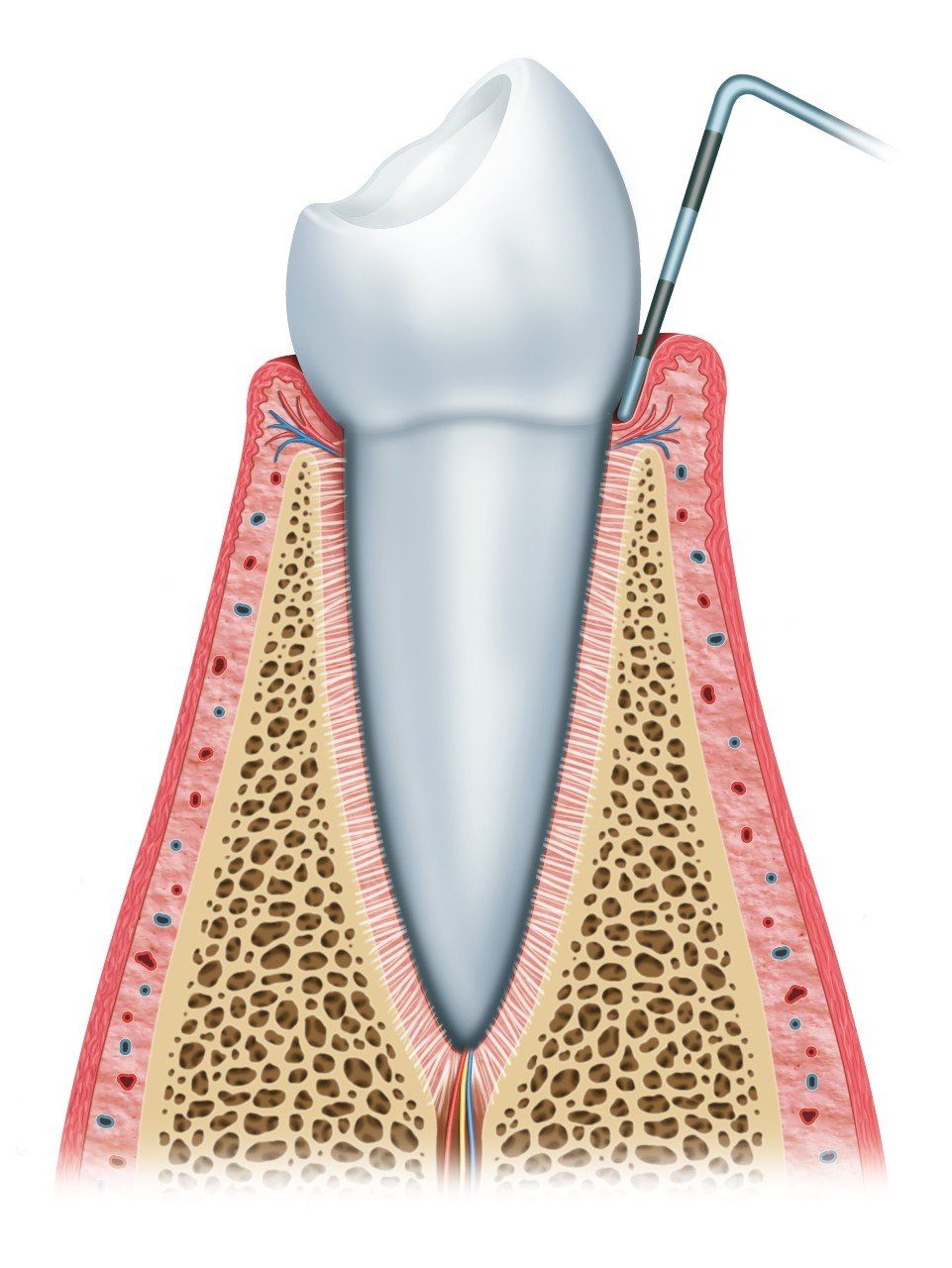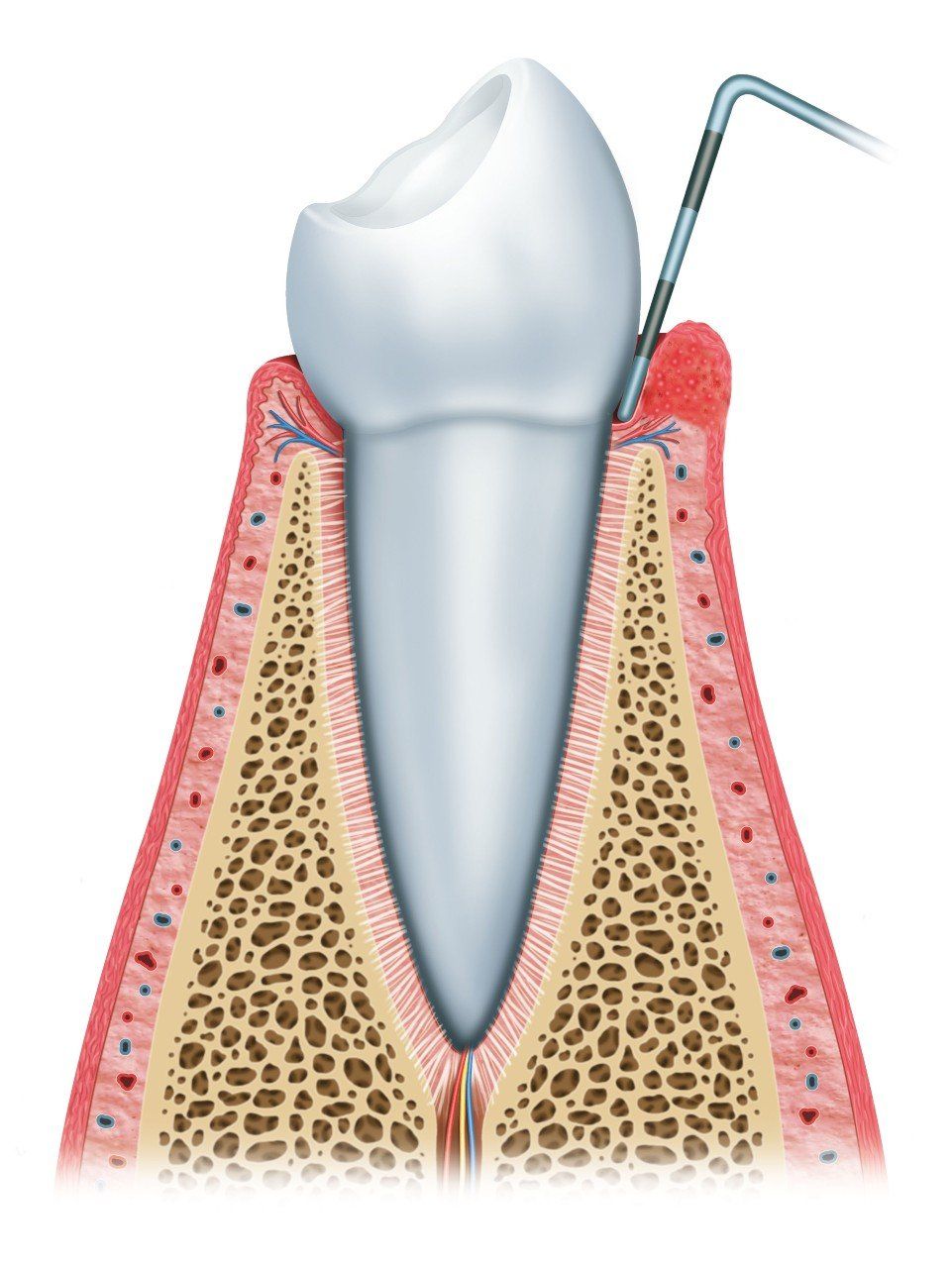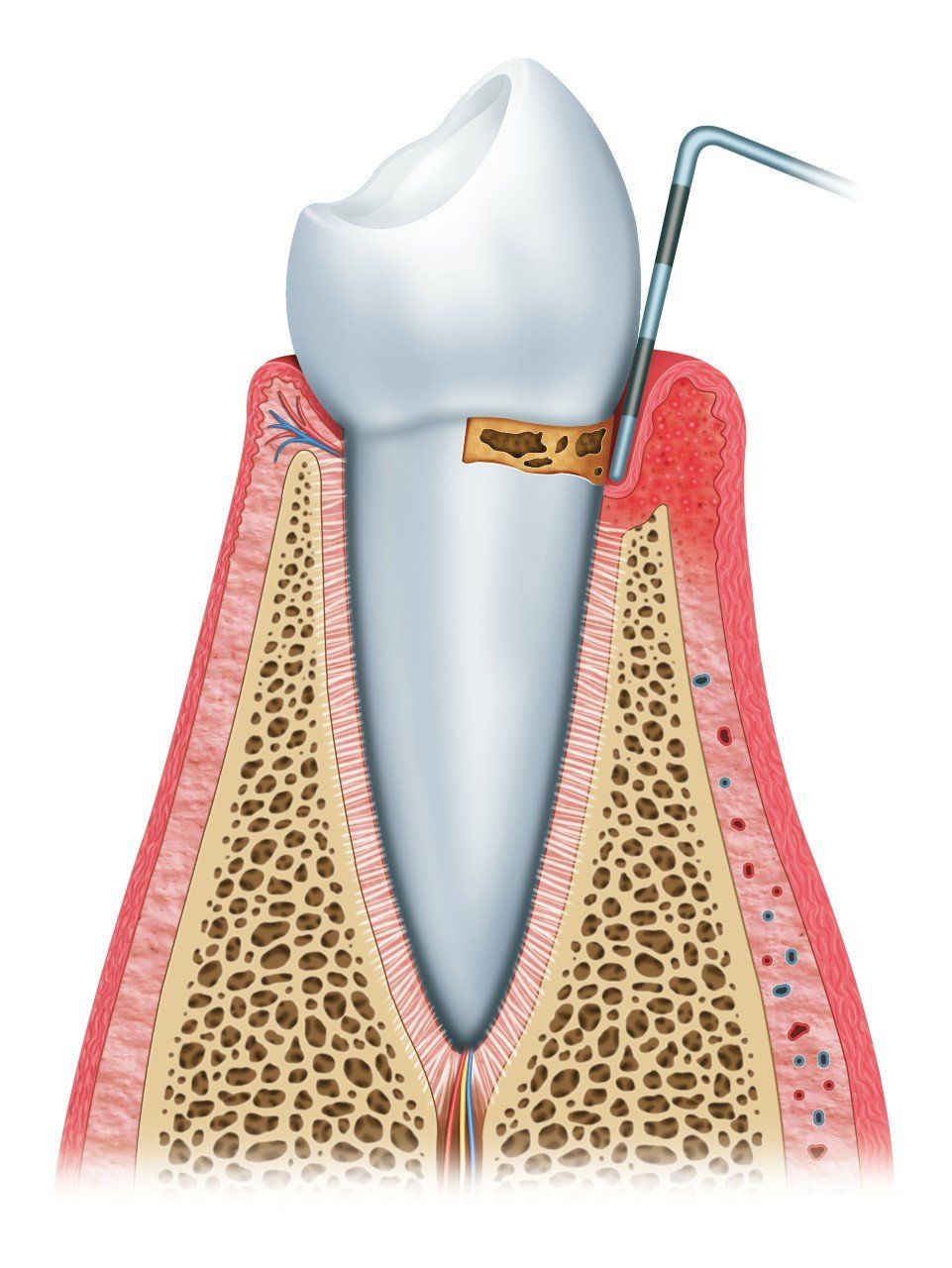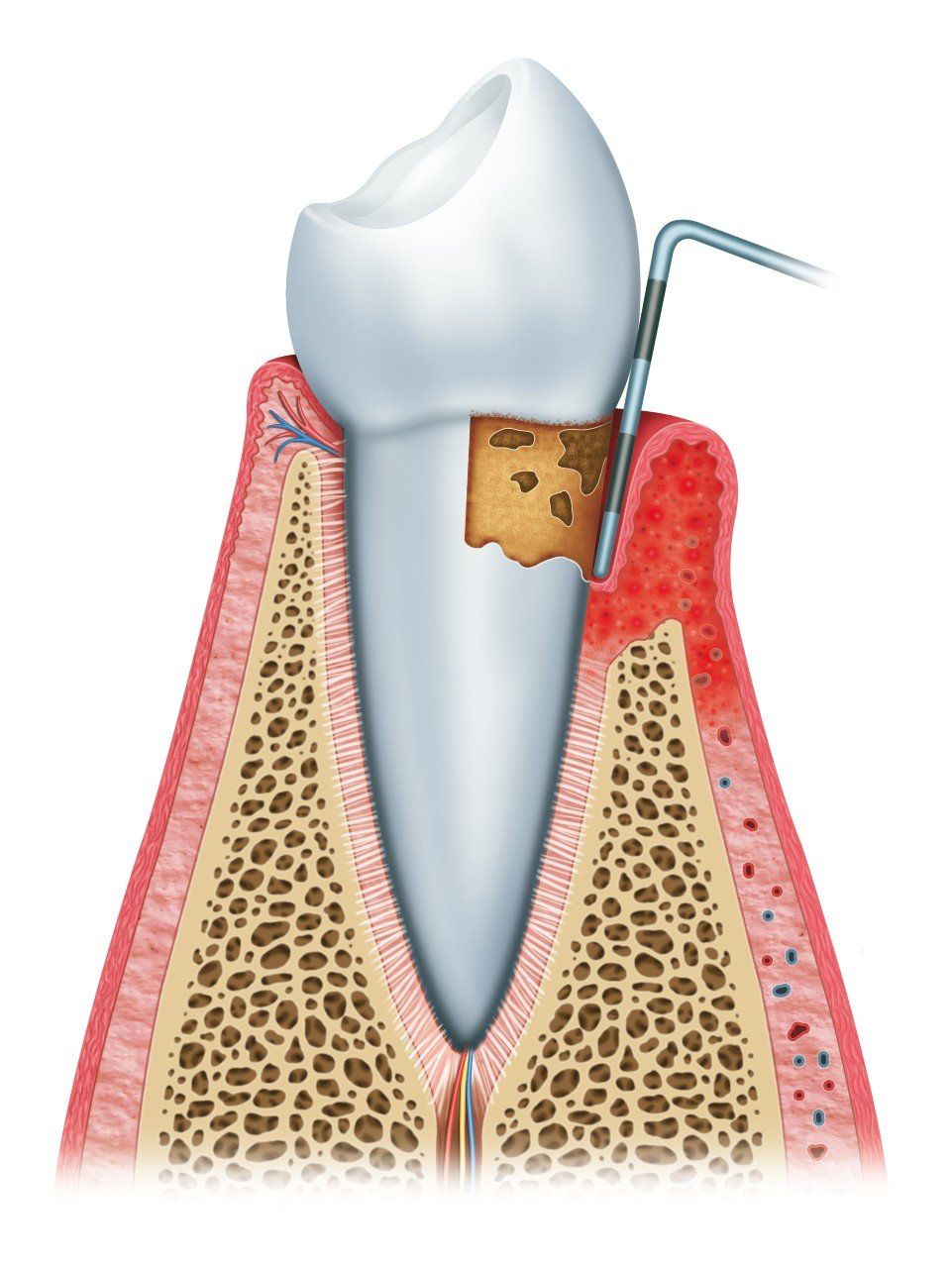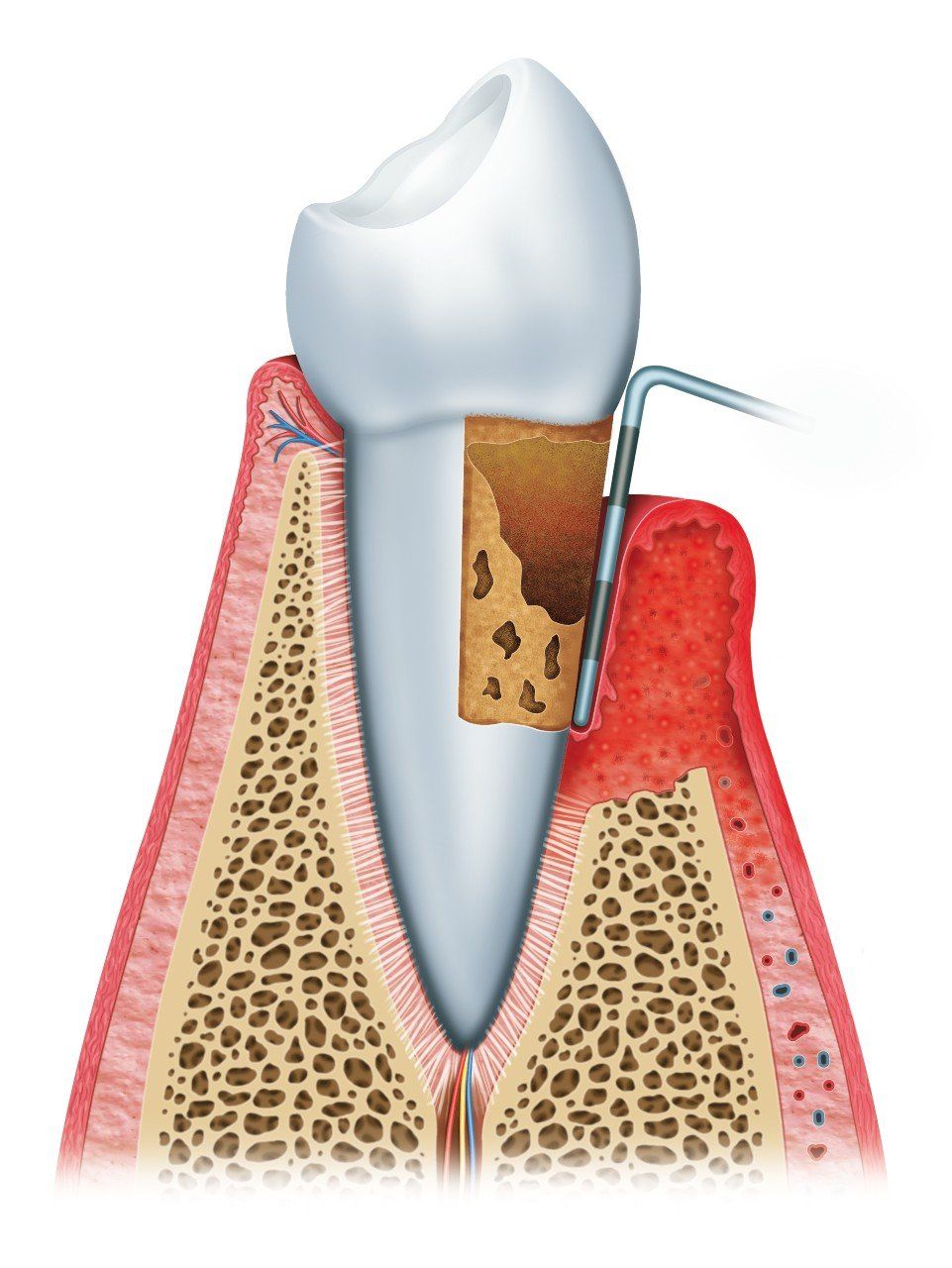WHAT IS GUM DISEASE
Gum disease affects 8 in 10 people in New Zealand. Read on to learn more about this chronic problem.
What is gum disease?
Gum disease (periodontal disease) is an inflammatory disease of the gums and the supporting structures of your teeth. It is the body’s natural reaction to harmful bacteria and the toxins they produce. It is a major cause of tooth loss. Periodontal disease was once known as ‘pyorrhoea.’ Fifty years ago, it was not uncommon for people to have all their teeth out because of ‘pyorrhoea of the gums.’ Fortunately, we now know a lot more about the disease and how to treat it.
Periodontal disease is caused by plaque. It can be divided into gingivitis and periodontitis.
Plaque and Calculus
Plaque is a film of bacteria that grows on your teeth. Calculus (tartar) is hardened plaque. If plaque is left for more than two days, it starts to mineralise and form calculus. This chalky substance often grows on the inside of your lower front teeth.
Calculus cannot be removed by flossing or brushing but has to be ‘scaled’ off by a dental professional.
What is Gingivitis?
Gingivitis is inflammation of the gums. It is the earliest stage of periodontal disease and is caused when plaque is allowed to accumulate around the necks of your teeth. The bacteria in plaque are treated like a foreign body, the same as if you had a splinter in your finger. Your body tries to fight the bacteria and the gum gets red, swollen and bleeds easily. Unfortunately, gingivitis is often painless and only identified during a dental examination.
Early gingivitis is usually completely reversible with regular hygienist treatment and improved home care.
What is Periodontitis?
Untreated gingivitis may progress to periodontitis. The bacteria rich plaque grows down below the gum line, causing the breakdown of the tissues that support the tooth. The tooth separates from the gum and a gap or pocket forms, providing a sheltered place for more bacteria to grow. As the periodontitis advances, bone and tissue is destroyed and the pocket gets deeper. Because the gums are the foundations for your teeth, in severe cases the teeth may become loose or need to be extracted.
While advanced periodontitis is not reversible, regular dental care can restore gum health and stop disease progression.
Remember, healthy gums don’t bleed. If you have any of these symptoms, see your dentist.
What Are the Risk Factors for Gum Disease?
Diagnosing Gum Disease
Gum disease assessment forms part of a routine examination. We start with a check of known risk factors and overall dental health. Then we do a periodontal screening, measuring the depth of the gum pocket around each tooth. We use a probe with a small ball on the end and it is not painful. This gives us a grading from 0-4. The mouth is split into 6 areas (sextants) and we record the worst score for each area.
Grade 4
If the pocket is greater than 6mm deep, it is given a grade 3. There is usually calculus (tartar) extending down the root surface inside the pocket. This is accompanied by bone loss, which can be seen on x-rays. Gums are often receding and teeth may be loose. It indicates the presence of advanced periodontal disease.
If you have bleeding, swollen or sore gums, any loose adult teeth or suffer from bad breath, you probably have gum disease. Come in and see us. Our team would love to help you get your gums back to good health
RELATED LINKS

